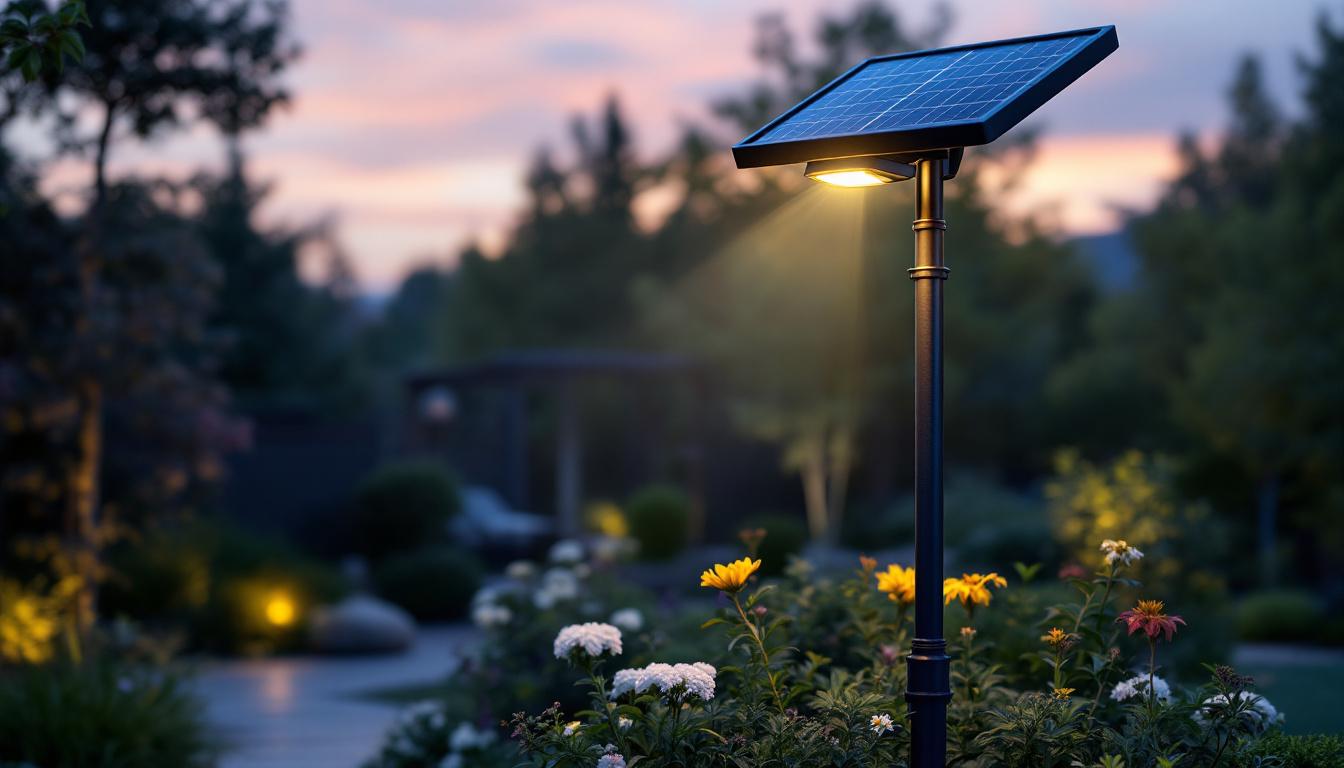
In the ever-evolving world of lighting technology, contractors are constantly seeking ways to enhance their services and maximize profitability. One essential component that plays a crucial role in lighting systems is the ballast. Understanding its function and benefits can significantly impact a contractor’s bottom line. This guide explores the importance of light ballasts, their types, and how they can be leveraged to boost profits for lighting contractors.
Light ballasts are devices that regulate the current to fluorescent and HID (high-intensity discharge) lamps. They serve as a vital component in ensuring that these lights operate efficiently and effectively. By providing the necessary starting voltage and controlling the current during operation, ballasts help maintain the longevity and performance of lighting systems.
Contractors must grasp the various types of ballasts available on the market, as this knowledge can influence their project choices and ultimately their profitability. The right ballast can enhance energy efficiency, reduce maintenance costs, and improve customer satisfaction.
There are primarily two categories of light ballasts: magnetic and electronic. Each type has its own set of advantages and applications, making it essential for contractors to understand their differences.
Magnetic ballasts have been around for decades and are often found in older lighting systems. They use electromagnetic induction to regulate the current flowing to the lamp. While they are generally less expensive than electronic ballasts, they also tend to be less efficient. Magnetic ballasts can generate more heat, leading to higher energy consumption and potentially shorter lamp life. Additionally, they can produce a flickering effect in the light output, which may be undesirable in certain settings, such as offices or retail environments where consistent lighting is crucial.
In contrast, electronic ballasts are more modern and offer several advantages over their magnetic counterparts. They operate at higher frequencies, which can lead to improved light quality and energy savings. Electronic ballasts are typically smaller, lighter, and quieter, making them a preferred choice for many contractors. Moreover, they can extend the life of lamps, reducing replacement costs and enhancing customer satisfaction. The ability of electronic ballasts to dim lights and provide instant start capabilities also makes them highly versatile for various applications, from residential to commercial settings. Furthermore, as energy efficiency standards become more stringent, the adoption of electronic ballasts is likely to increase, aligning with sustainability goals and reducing the overall carbon footprint of lighting systems.
Investing in the right type of ballast can have a significant financial impact on a contractor’s business. By understanding the cost implications and potential savings associated with different ballast types, contractors can make informed decisions that benefit their bottom line.
While magnetic ballasts may have a lower initial cost, the long-term savings associated with electronic ballasts can be substantial. Electronic ballasts typically consume less energy, which can lead to lower utility bills for both contractors and their clients. Additionally, the longer lifespan of electronic ballasts means fewer replacements, reducing maintenance costs over time. This durability not only translates to fewer interruptions in service but also enhances client satisfaction, as they enjoy consistent lighting without the hassle of frequent repairs.
Energy efficiency is a significant selling point for lighting contractors. Many clients are increasingly focused on reducing their energy consumption and carbon footprint. By offering energy-efficient lighting solutions, including electronic ballasts, contractors can position themselves as environmentally conscious and attract more clients. This growing trend towards sustainability is not just a passing phase; it reflects a broader societal shift towards greener practices that resonate deeply with consumers.
Furthermore, many utility companies offer rebates and incentives for energy-efficient upgrades. Contractors can leverage these programs to provide additional value to their clients while also boosting their own profits. Understanding local rebate programs can be a game-changer for contractors looking to enhance their service offerings. For instance, some regions may offer substantial financial incentives for retrofitting older systems with modern, energy-efficient technology, allowing contractors to present a compelling case for upgrades that benefit both the environment and their clients’ wallets. Additionally, educating clients about these rebates can foster trust and position contractors as knowledgeable partners in their projects, ultimately leading to more referrals and repeat business.
In the competitive landscape of lighting contracting, customer satisfaction is paramount. Providing quality products and services can lead to repeat business and referrals, which are essential for long-term success. Ballasts play a crucial role in this equation.
The quality of light produced by a lighting system can significantly impact a client’s experience. Electronic ballasts, with their ability to provide flicker-free lighting and improved color rendering, can enhance the overall quality of light in a space. This improvement can lead to happier clients and a greater likelihood of referrals. Additionally, the use of advanced technology in electronic ballasts allows for better energy efficiency, which not only contributes to a more sustainable environment but also helps clients save on their energy bills. As clients become more environmentally conscious, offering energy-efficient solutions can further elevate their satisfaction and loyalty.
Clients appreciate reliable lighting systems that require minimal maintenance. By choosing high-quality electronic ballasts, contractors can offer their clients a solution that is less prone to failure. This reliability not only enhances customer satisfaction but also reduces the number of service calls and associated costs for contractors. Furthermore, the longevity of these ballasts means that clients can enjoy consistent performance over time, which is crucial for maintaining the ambiance of their spaces. Regular maintenance checks can also be streamlined, allowing contractors to build stronger relationships with their clients through proactive service offerings, ensuring that lighting systems remain in optimal condition without imposing on the client’s time or resources.
To effectively boost profits, lighting contractors must also focus on marketing their services. Highlighting the benefits of using quality ballasts can set a contractor apart from the competition. Here are some strategies to consider.
Many clients may not be aware of the differences between magnetic and electronic ballasts. By educating them on the advantages of electronic ballasts, contractors can position themselves as knowledgeable experts in the field. This education can take the form of informational brochures, blog posts, or even one-on-one consultations. Additionally, hosting workshops or webinars can provide a platform for direct interaction, allowing clients to ask questions and gain a deeper understanding of how these components can enhance their lighting systems. Providing visual aids, such as diagrams or videos, can further clarify concepts and engage clients more effectively.
Sharing case studies or testimonials from satisfied clients can be a powerful marketing tool. Highlighting projects where electronic ballasts were used and the resulting benefits can help potential clients see the value in choosing a contractor who prioritizes quality and efficiency. Including before-and-after photos, energy savings statistics, and detailed narratives about the challenges faced and solutions implemented can make these success stories even more compelling. Furthermore, leveraging social media platforms to share these stories can increase visibility and reach, allowing contractors to connect with a broader audience and establish a reputation for excellence in their field.
The lighting industry is constantly evolving, and staying ahead of trends can give contractors a competitive edge. Understanding emerging technologies related to ballasts and lighting systems can help contractors adapt and thrive in a changing market. With the rise of sustainability and energy efficiency as primary concerns for both consumers and businesses, the demand for innovative lighting solutions is only expected to grow.
Smart lighting technology is gaining traction, with many clients looking for systems that can be controlled remotely or integrated with other smart home devices. Electronic ballasts are often more compatible with these technologies, allowing contractors to offer advanced solutions that meet client demands. Furthermore, the integration of artificial intelligence into smart lighting systems is paving the way for adaptive lighting environments that respond to user behavior and preferences. For instance, systems can automatically adjust brightness based on the time of day or occupancy, enhancing both comfort and energy savings.
As LED technology continues to dominate the lighting market, understanding how ballasts interact with LED systems is crucial. Some LED fixtures come with built-in drivers, while others require specific ballasts. Contractors must be knowledgeable about these requirements to ensure optimal performance and efficiency in their installations. Additionally, the ongoing advancements in LED technology, such as tunable white and color-changing LEDs, are expanding the possibilities for creative lighting design. These features not only enhance aesthetic appeal but also contribute to improved well-being by allowing users to customize lighting to suit their mood or activity, further emphasizing the importance of staying informed about the latest developments in LED integration.
Light ballasts are an integral part of any lighting system, and understanding their role can significantly impact a contractor’s profitability. By investing in quality electronic ballasts, contractors can enhance energy efficiency, reduce maintenance costs, and improve customer satisfaction. Additionally, effective marketing strategies and staying informed about industry trends can further boost a contractor’s success.
In a competitive market, the ability to offer superior lighting solutions can set a contractor apart. Embracing the advantages of light ballasts is a step towards not only improving service offerings but also increasing profitability. As the lighting industry continues to evolve, those who adapt and innovate will undoubtedly thrive.
Ready to elevate your lighting projects and boost your profits with the best in the business? Look no further than LumenWholesale for all your lighting ballast needs. Our spec-grade products ensure you deliver reliable and high-performance lighting solutions to your clients. With unbeatable wholesale prices and the convenience of free shipping on bulk orders, you can trust that you’re getting the highest quality without the extra costs. Don’t compromise on quality or value; choose LumenWholesale for Wholesale Lighting at the Best Value and make every project shine.

Discover how LED barn lighting can boost your contract wins with energy savings, durability, and superior illumination.

Discover how a 20 amp rocker switch can revolutionize your lighting installation projects with enhanced efficiency and safety.

Discover essential strategies and insights in “Portch Light: Key Tips for Lighting Contractors” to elevate your lighting projects.

Discover effective strategies for lighting contractors to tackle common challenges when installing solar-powered post lights.